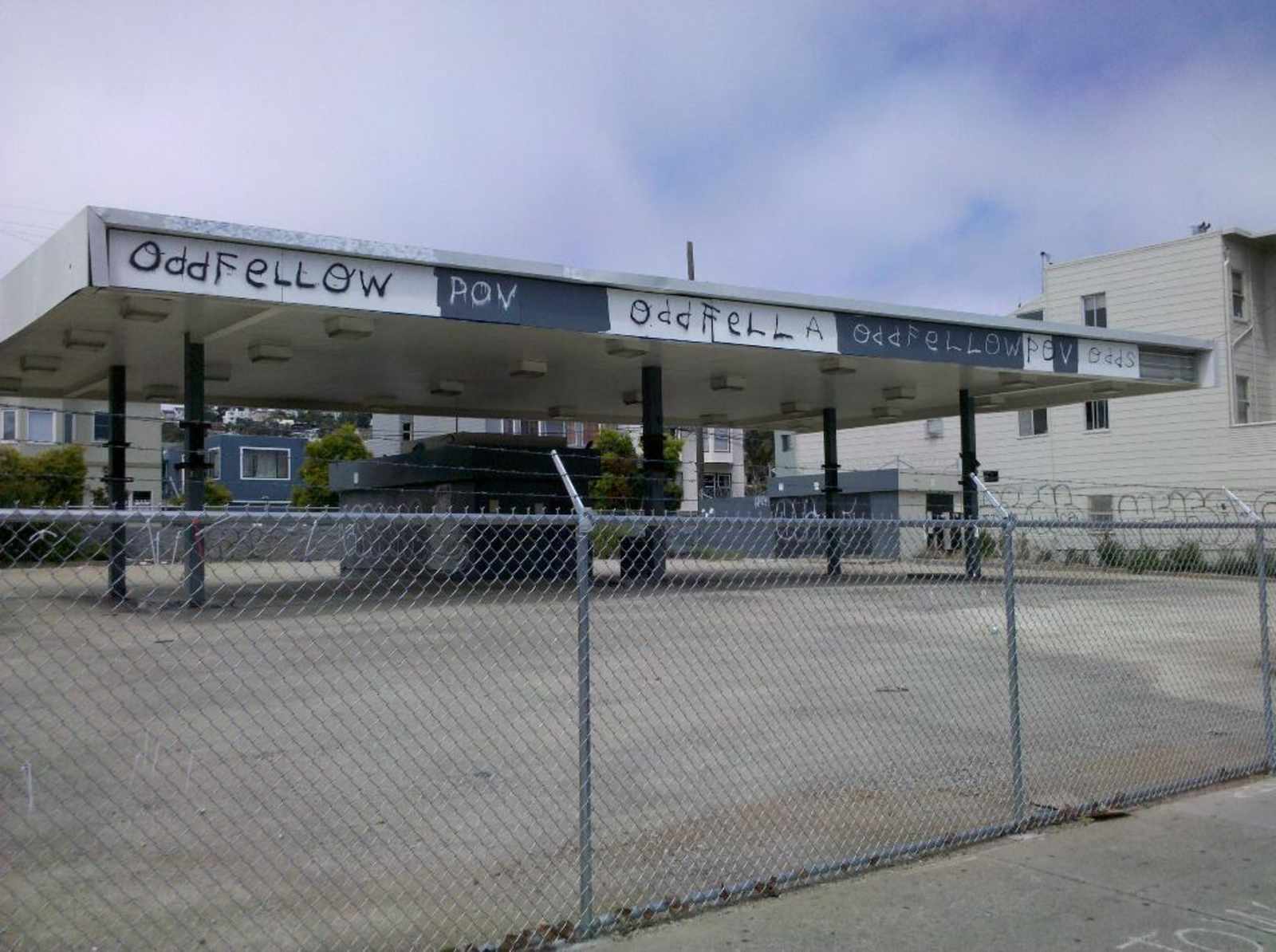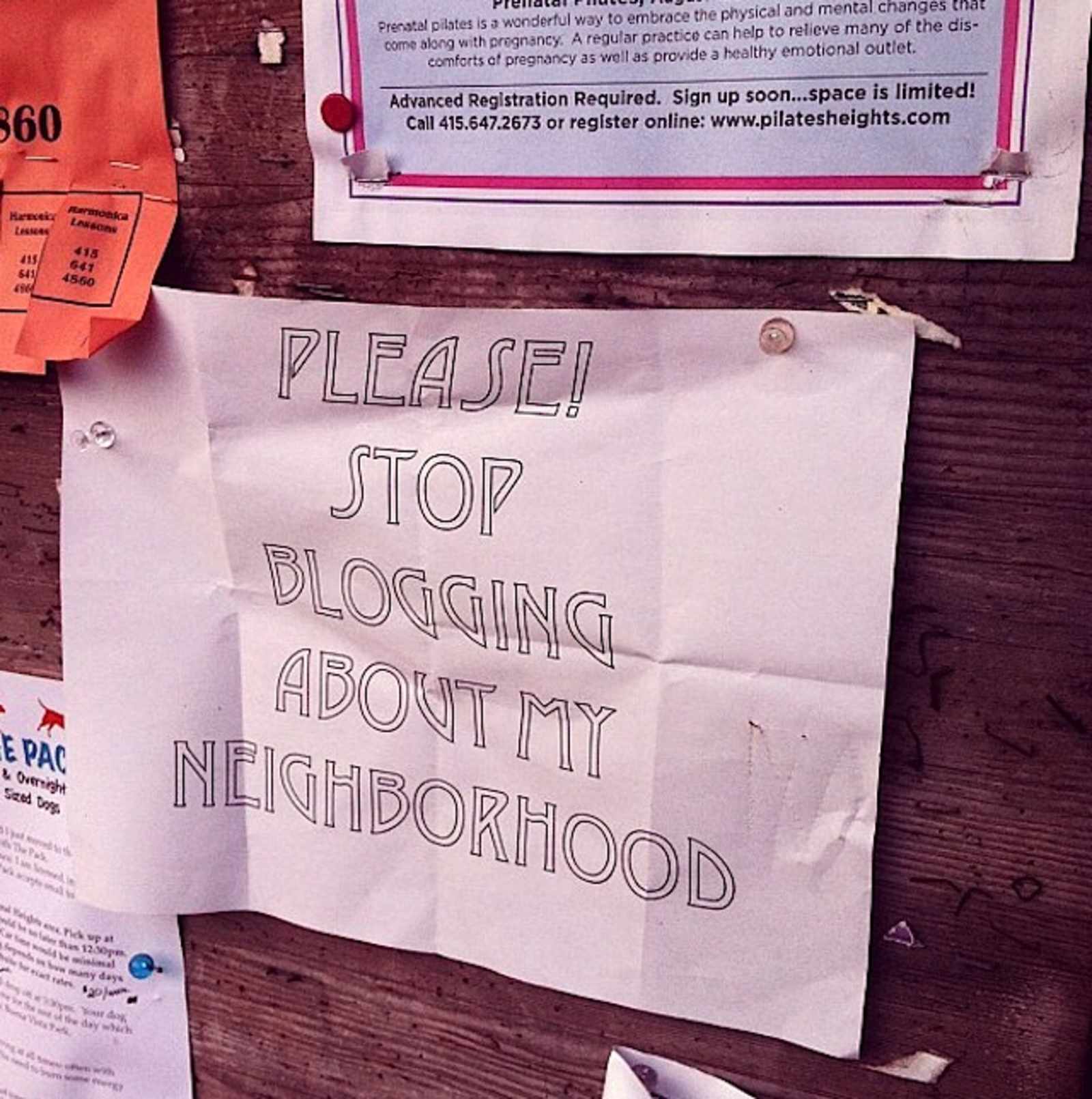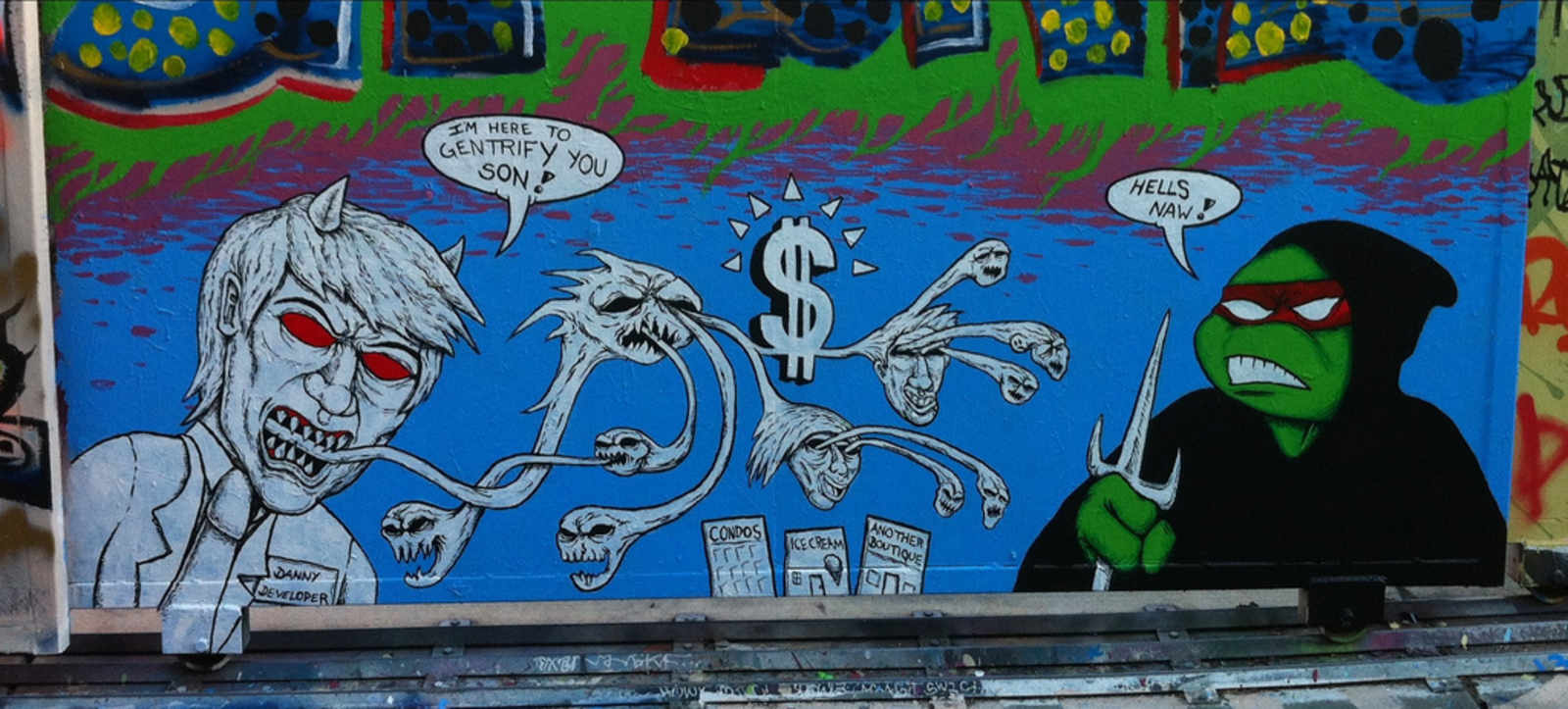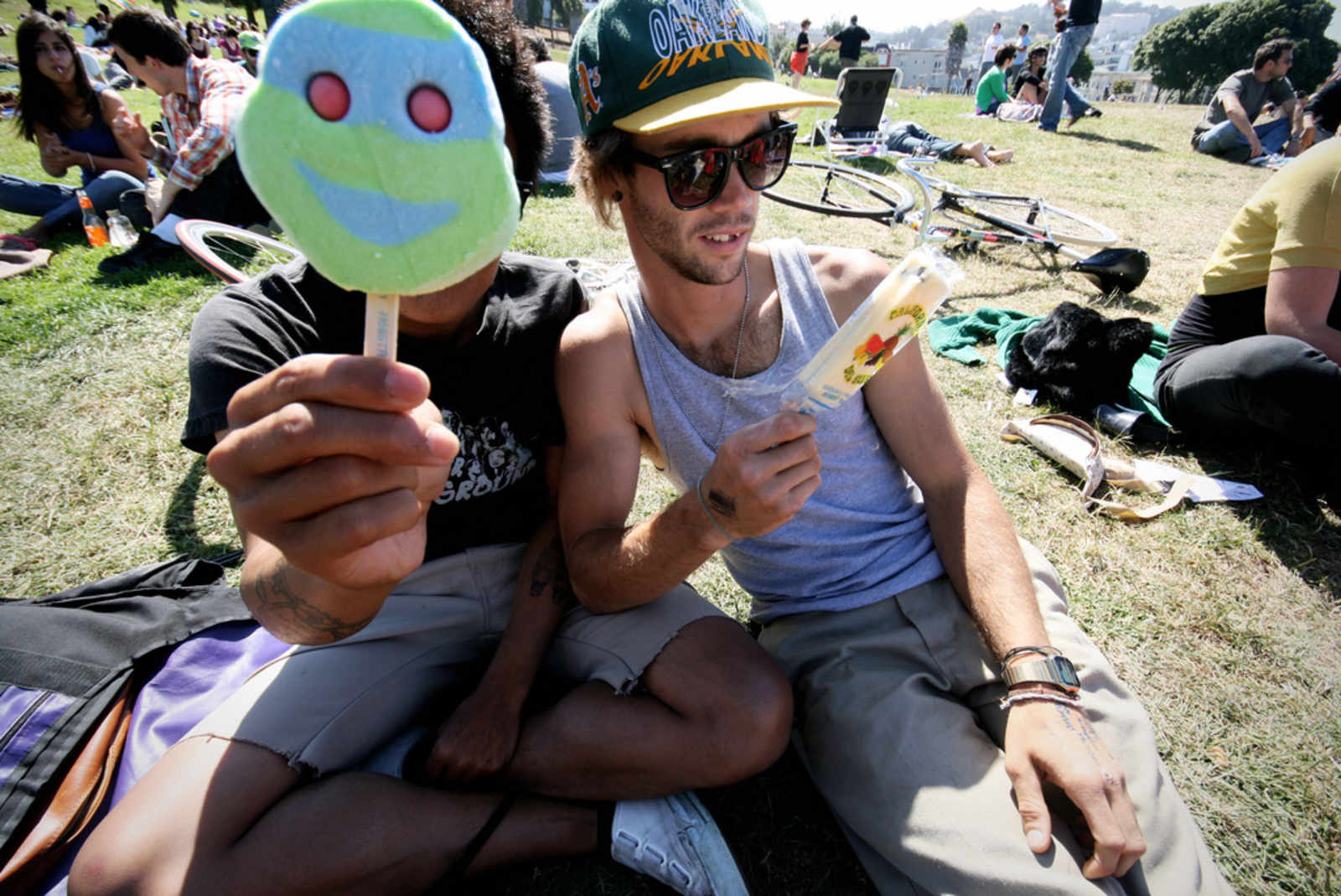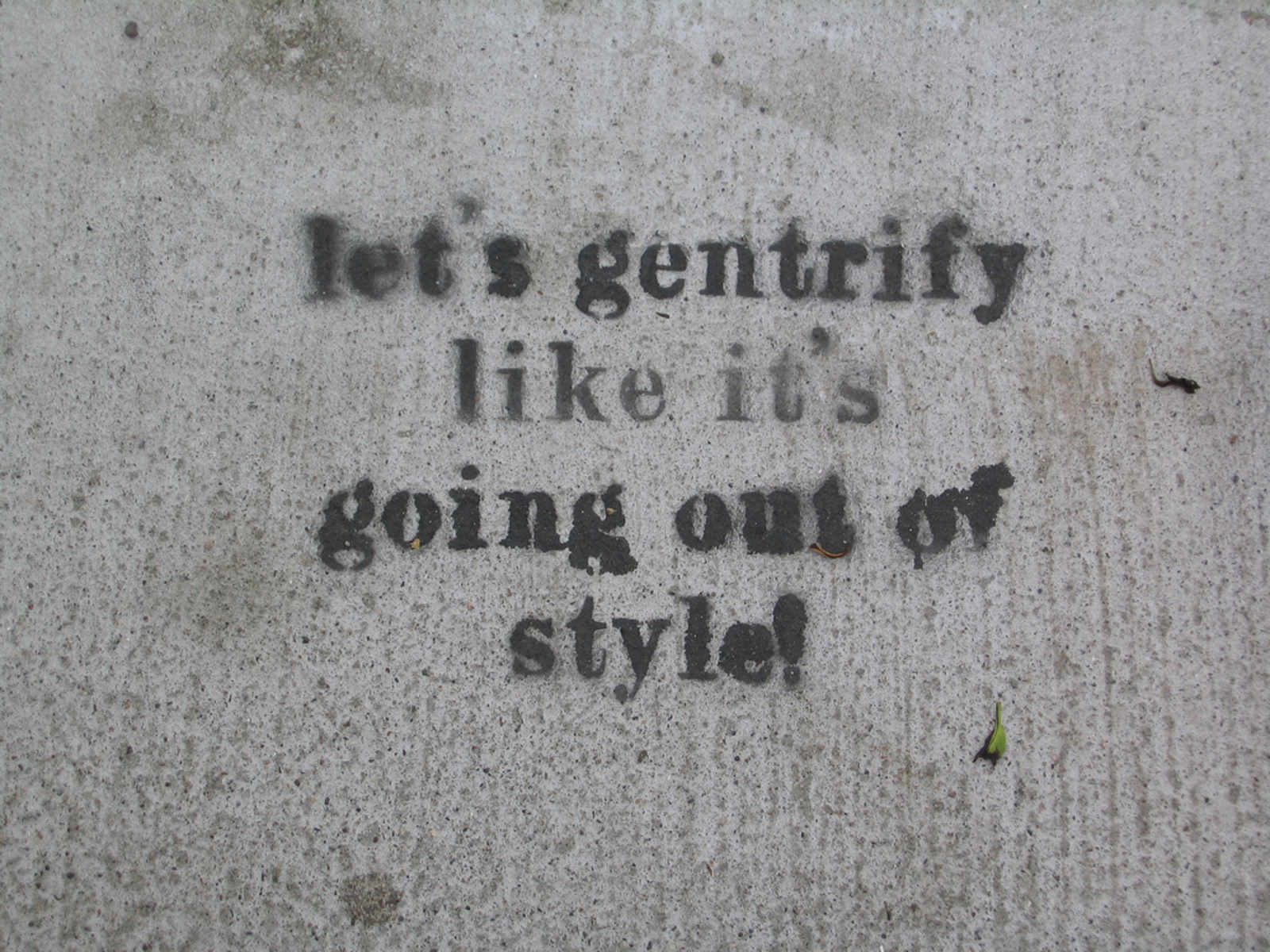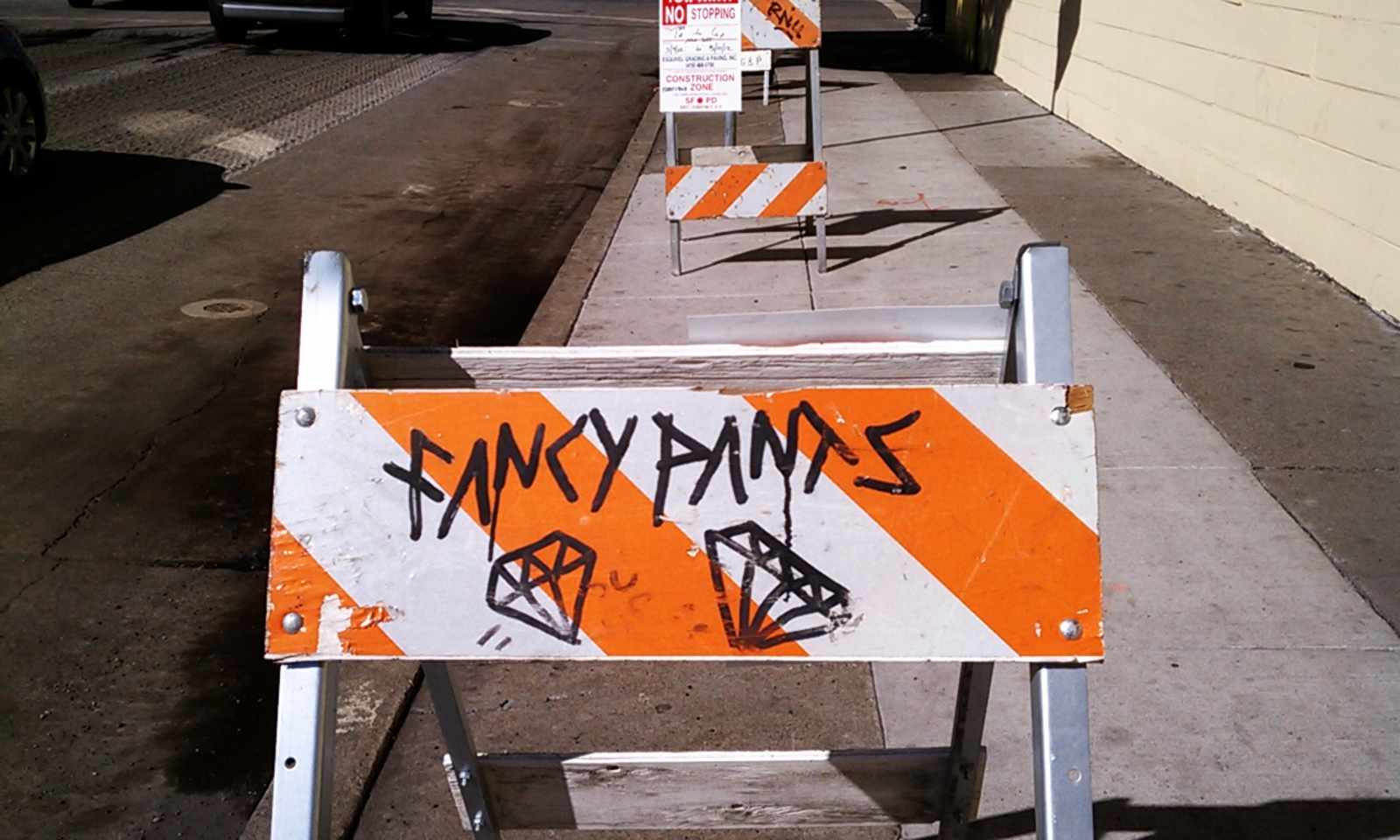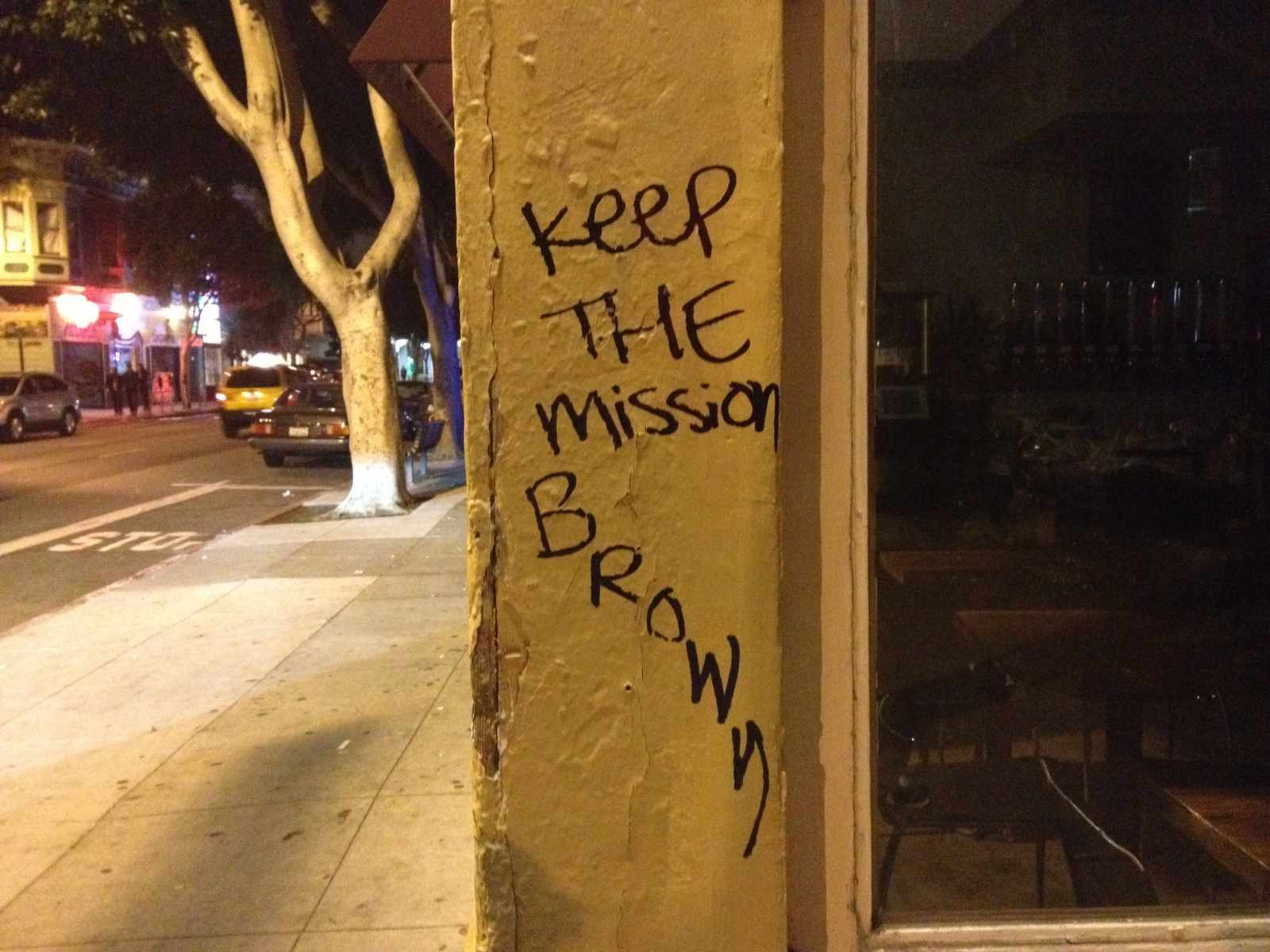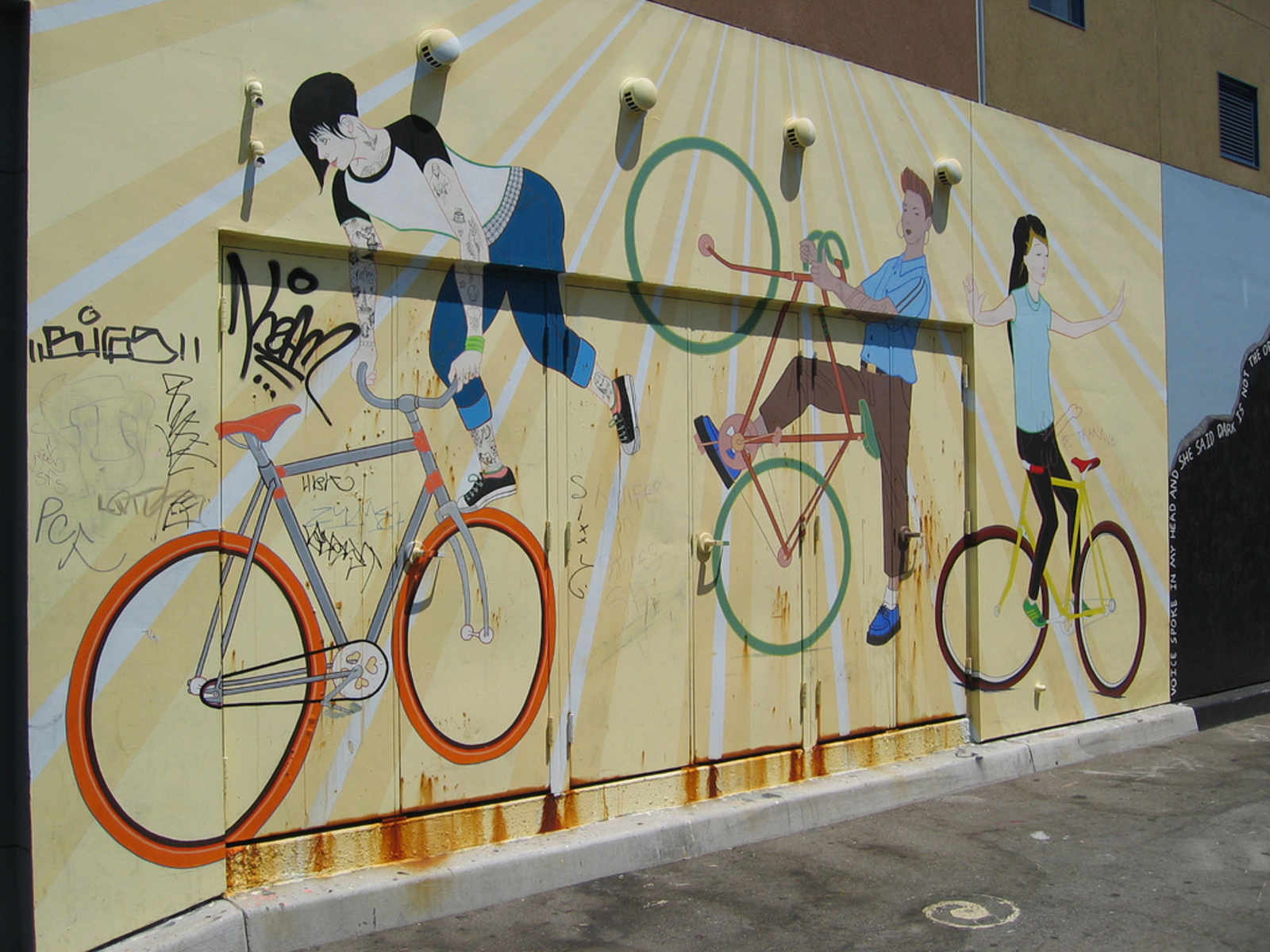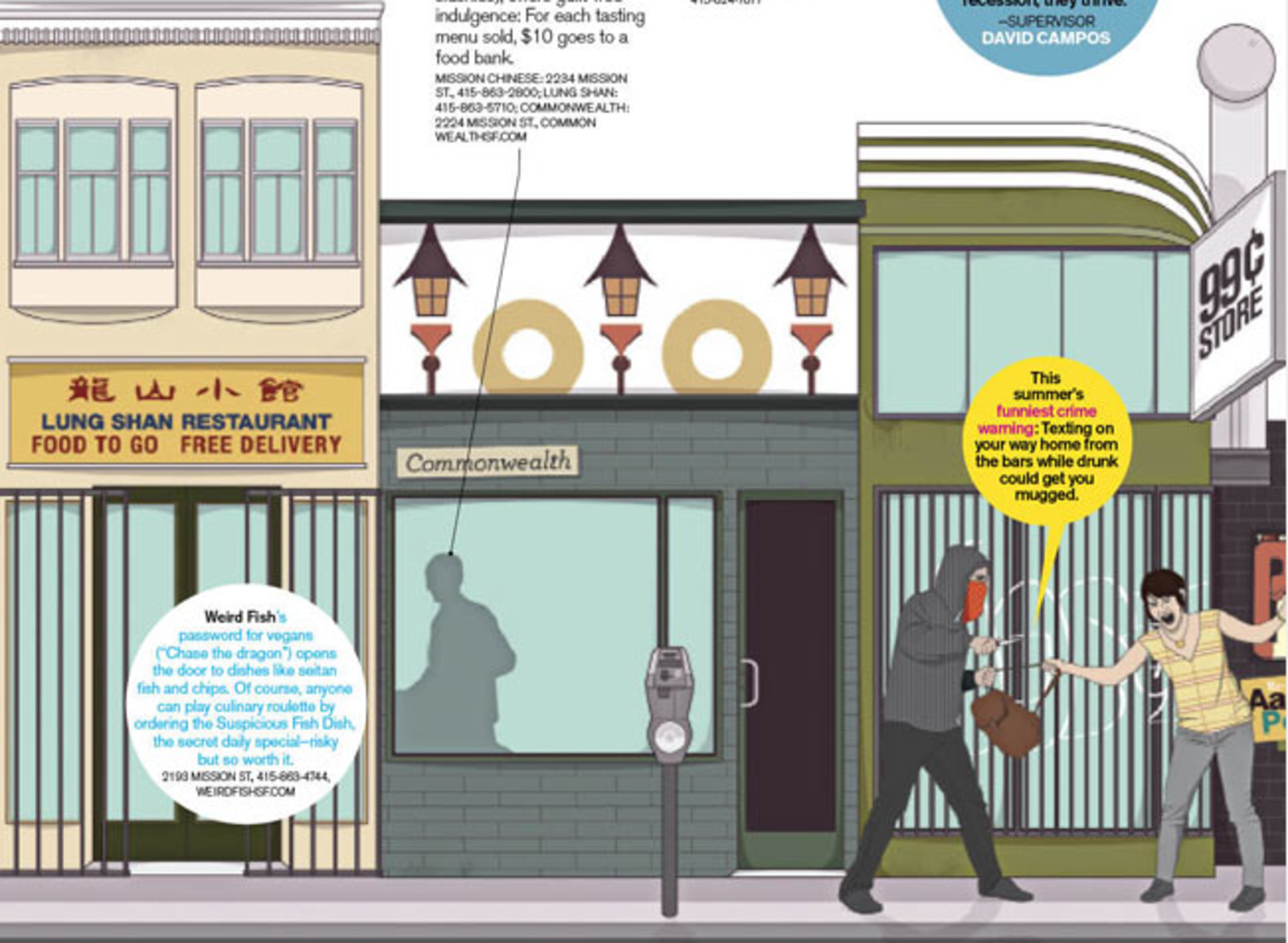Is it Time to Ban New Restaurants From Opening on Valencia?
— By Kevin Montgomery (@kevinmonty) |
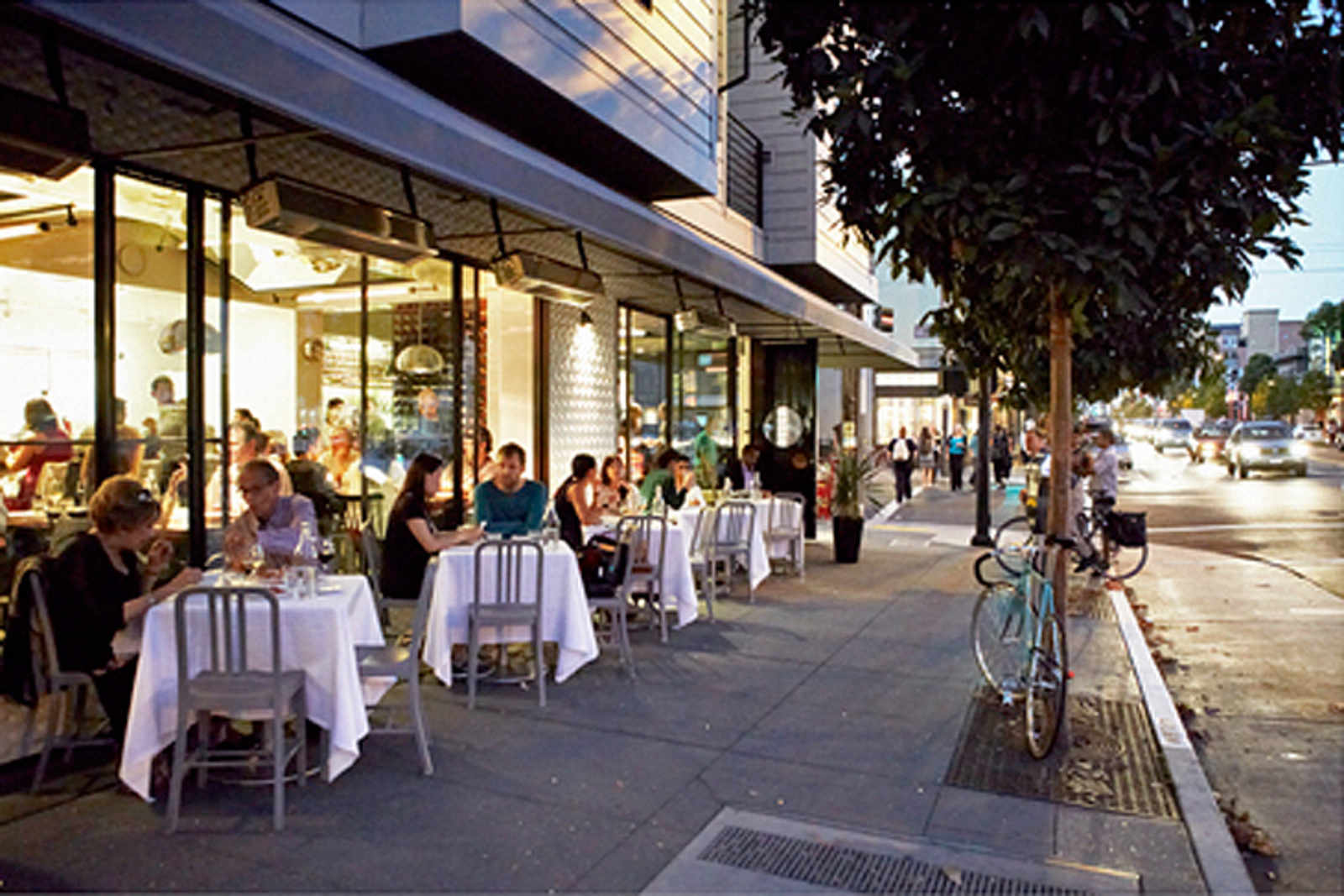
Photo: Maren Caruso/Modern Luxury
Walking down Valencia Street, it's hard not to notice the radical change that the corridor has undergone in the last two years: hours long waits for “Marina Girl Salads” at Tacolicious, tables full of wine-sippers on the sidewalk outside of Farina Pizza and Mission Cheese, that weird techno lounge that apparently serves Indian food next to Luna Park…and that's just to name a few. Sixteen new restaurants have opened between 16th and 19th street in the last 18 months, reportedly adding “nearly 1,000 new restaurant seats on these three blocks alone.”
“Overall, it's good for consumers. It reminds me a little of North Beach in the '80s, with all these restaurants popping up at different price points,” Slanted Door and Wo Hing General Store's Charles Phan told the Chronicle last month. “It's a good vibe here. To me, it makes it more San Francisco than a lot of neighborhoods.”
But many don't want to see the Mission become North Beach 2.0—a neighborhood exclusively defined by its former glory and largely dismissed by Mission residents, who understandably want nothing to do with a mainstream tourist trap.
“Valencia needs to be a cohesive neighborhood for people who live in it,” Deena Davenport, proprietress of Glama-Rama Salon & Gallery and President of the Valencia Corridor Merchants Association (VCMA), told us over the phone. “We have no florist, no hardware store, no large grocery store.”
“Restaurants are taking over so rapidly, it's as much as tripling rents lately and creating daytime dead zones that are uninviting to shoppers.”
The Merchants Association has become so alarmed by the changes that they added a line to their mission statement specifically addressing the problem: “We endeavor to combine our voices and views toward the goal of maintaining the unique identity and independent spirit of the neighborhood.”
“It's not change that we're against. I think that we all get that change is inevitable. And that while sometimes uncomfortable, it's not always bad,” explains Jefferson McCarley, General Manager of Mission Bicycle and VCMA board member. “But there are a variety of concerns with so many high-end dinner-only restaurants opening up at such a high rate.”
He breaks down their concerns for us:
- The impact it has on our rents.
- The impact it has on foot traffic during the day when these restaurants are only open at night.
- The impact that valet parking has on the safety of our cyclists.
- The impact it has on where we can get an affordable meal as locals.
- The lack of variety of businesses in the hood. (We want a hardware store!)
- The impact it has on traffic and parking (the patrons of the businesses are almost always driving in from other parts of the city or from other cities).
- The impact it has on the spirit and vibe of the street.
At a point, it sounds like retailers rebelling against restaurants, but that's not the case. Some restauranteurs and cafe owners hope to prevent a similar fate that The Summit had earlier this year, when their landlord tripled their rent and tried to bring a La Boulange Bakery into the space. This includes the proprietor of 780 Cafe Jose Ramos, who's trying to save his cafe after the same landlord raised rents from $9,000 to $30,000 in hopes to bring a multi-million dollar sports bar to the location.
So what is there to do?
Well, there's doing nothing and letting Valencia become a high-end truck stop for Uber cabs crisscrossing the city, but everyone seems to agree that's a lousy idea. So that leaves us with two viable options: putting a moratorium on full-service restaurants or setting up a Special Use District along Valencia, requiring any new restaurants to meet community approval before opening.
The Valencia Merchants voted Wednesday to approve a combination of the two ideas: a 1-year temporary moratorium by the Planning Department on any new full-service restaurants (counter-service and cafes are exempt) from opening between 16th and 24th, followed by the Special Use Permitting process for restaurants. The proposal has already received support from Supervisor Scott Wiener, who will take the proposal to City Hall for a final vote.
It's not perfect, as it burdens prospective new establishments with higher start-up costs (potentially making restaurants even more expensive). Never mind that it threatens 24th and 20th Streets with hyper-gentrification as would-be Valencia restaurants look for alternative locations for expensive eateries. But as the legislation is expected to stabilize—if not collapse—rents along Valencia, it strikes us as the right approach for the problem.
(Note: we're told merchants along 24th are considering similar legislation before it's too late, but we were unable to reach anyone to discuss it.)
